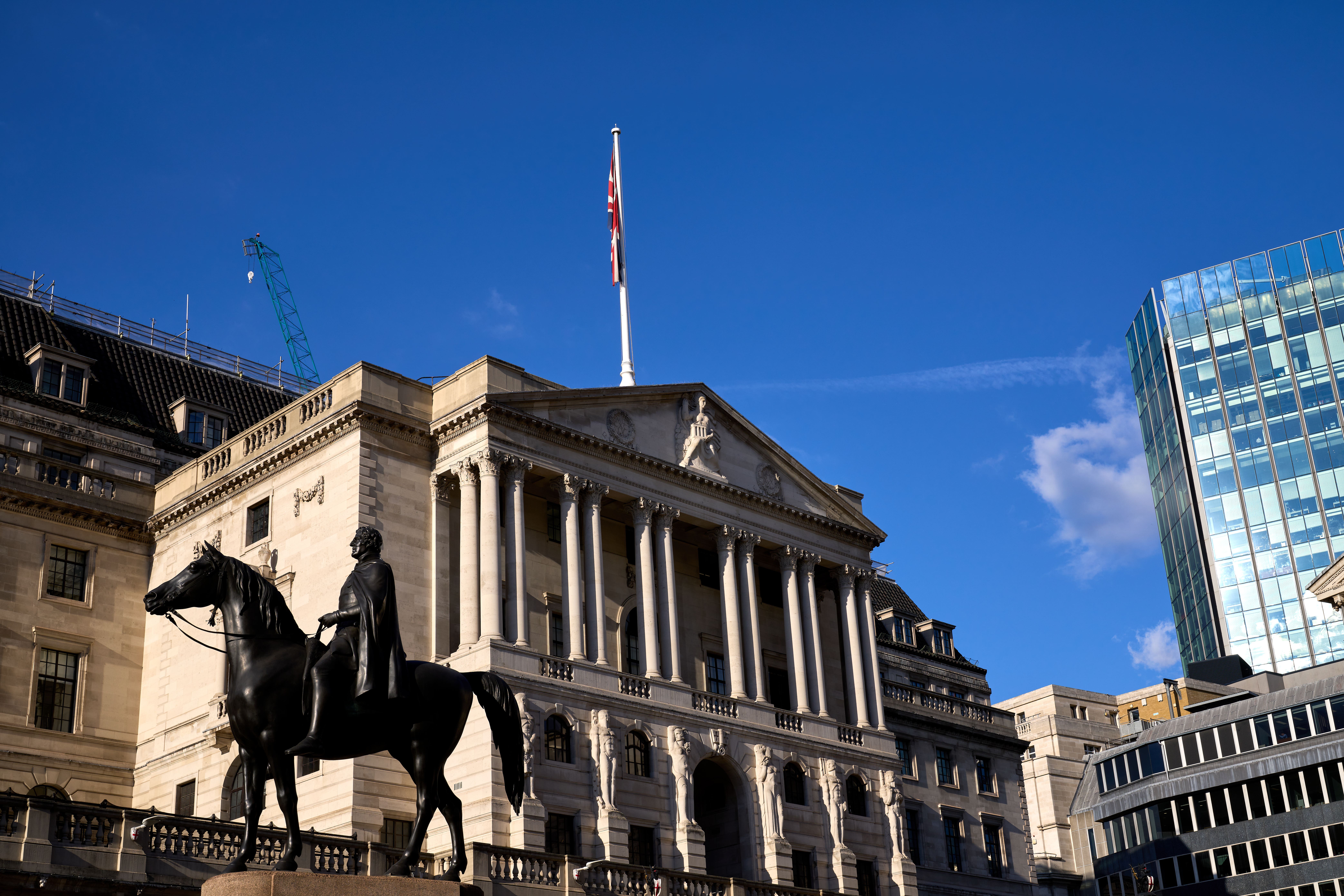Bank of England ‘stress tests’ of the financial sector are welcome – but the biggest threat is the government
A series of squalls have rocked financial institutions outside the banking sector. That Threadneedle Street has belatedly woken up to the risks is important. But financial stability is still dependent on the government, argues James Moore


It is being billed as a “world first”. After Trussonomics came frighteningly close to destroying some of Britain’s biggest pension funds, the Bank of England has decided that it might be a good idea to take a look at “vulnerabilities in non-bank financial markets”.
As such, Threadneedle Street is set to create and conduct “an exploratory scenario”.
Good old Andrew Bailey. The governor of the Bank of England is a clever chap. As is so often the case with clever chaps, he appears to feel the need to prove it through the verbosity of his writing.
What is meant by that – expressed in a letter to the chancellor, Jeremy Hunt, is the Bank is planning to stress test financial sector businesses which aren’t banks. This includes insurers, asset managers, hybrids of one sort or another, as well as those pension funds. They all have the capacity to tip themselves and the rest of us into crises with the capacity to spread throughout the City and beyond.
The Bank has for some time been stress-testing banks to ensure they can cope with an array of nasties. Its more creative types are put in a room and told to come up with a scenario. A Halloween nightmare on Threadneedle Street if you like. This is then delivered to the larger banks and building societies, which are told to assess the impact on their businesses and report back.
Past exercises saw some big names failing to achieve passing grades, which sometimes resulted in what I see as fudges being presented to the public. We would be told that, yes, BailedOutBank plc struggled to get through its exams but if the business it was selling had been offloaded a year early, or if some plan or other had been instituted before the test scenario was set, it would have passed. So nothing to worry about. We’re getting there!
And of course, the scenarios were “extreme”. Flights of nightmarish financial fantasy that were highly unlikely to happen in the real world. Even though history tells us that “once in a century” financial squalls happen a lot more often than that and “extreme” scenarios don’t look quite so extreme with either Covid-coloured hindsight or in the aftermath of Trussonomics.
In addition to the latter – obliquely referred to as “vulnerabilities” in “the government bond makers” – the Bank mentioned the Covid-inspired “dash for cash” by investors in 2020 and the impact on the commodity markets of Vladimir Putin’s invasion of Ukraine. Both of them caused wobbles among financial institutions and had watchdogs reaching for the valium.
It all rather raises the question of why something like this hasn’t been done before.
The stress tests on the banks have proved to be invaluable exercises, but the issues facing the sector had largely been identified and were in the process of being fixed when they were started. Levels of capitalisation were improving. Coolers were walking the floors of the financial casino and fences were being placed around retail banks. A poor test performance on the part of the laggards served as a useful kick up the backside to them (and their regulators).
But with so much attention understandably on the banks, other potential threats went unnoticed.
What is striking about the recent disruptions is that they’ve been coming thick and fast. It’s been through luck, as much as anything else, that they haven’t morphed into something bigger.
The financial policy committee’s decision to act is therefore belated but still welcome.
Of course, what I would suggest Bailey knows but can’t say is that the biggest current threat to financial stability is posed by the government. It is regrettable that the departure of Trussonomics’ architects hasn’t really changed that.
As the Bank seeks to identify threats outside of banking, and formulate policy responses to them, the current chancellor is embarking on a bid to dismantle much of the architecture that delivered a safer more sensible banking system in the wake of the financial crisis of 2008.
Hunt’s policies probably won’t lead to an immediate backlash, as Liz Truss and Kwasi Kwarteng’s did. But the risk of one stemming from them is still all too real and the Bank will need to be ready for it.
Join our commenting forum
Join thought-provoking conversations, follow other Independent readers and see their replies
Comments
Bookmark popover
Removed from bookmarks